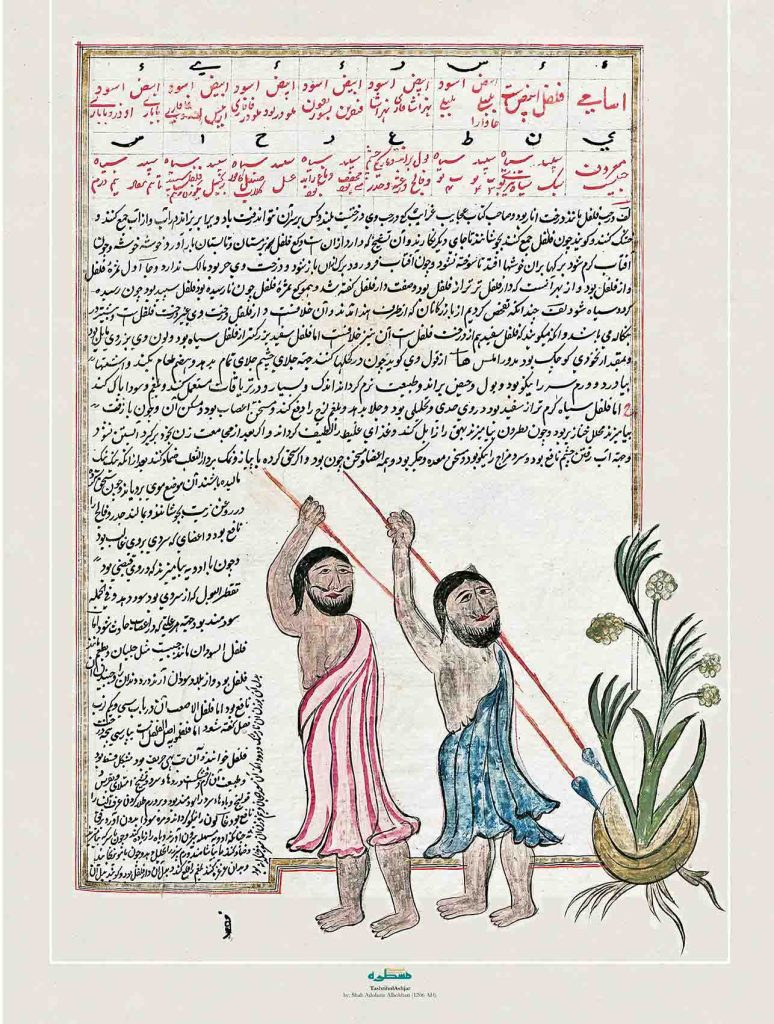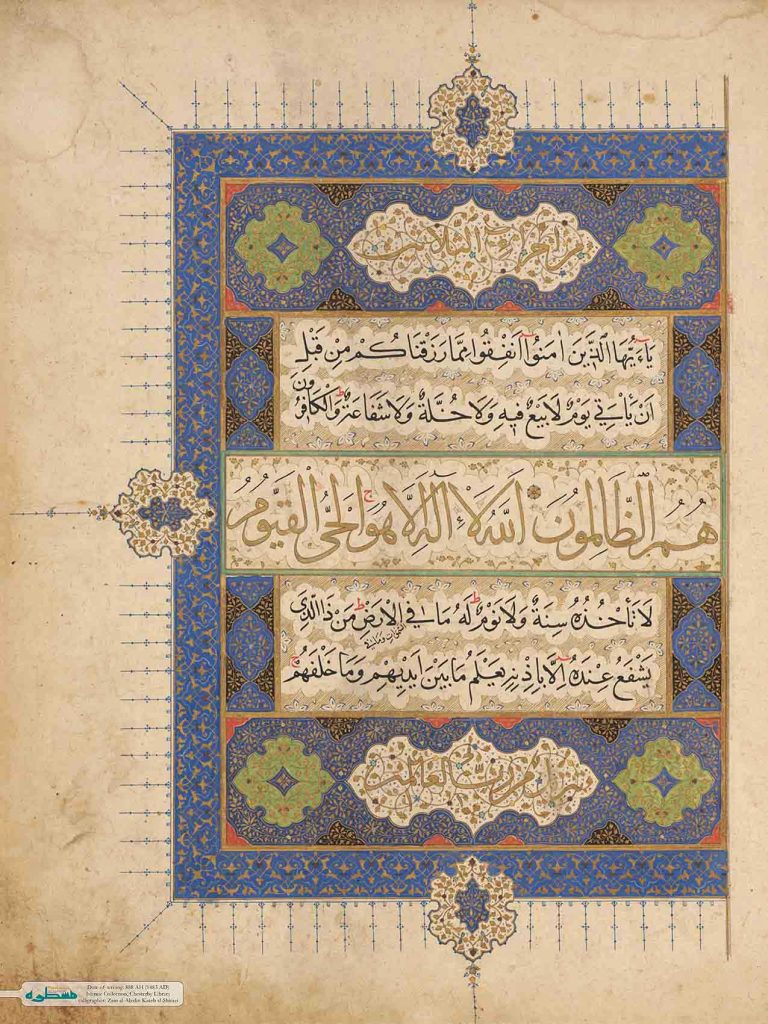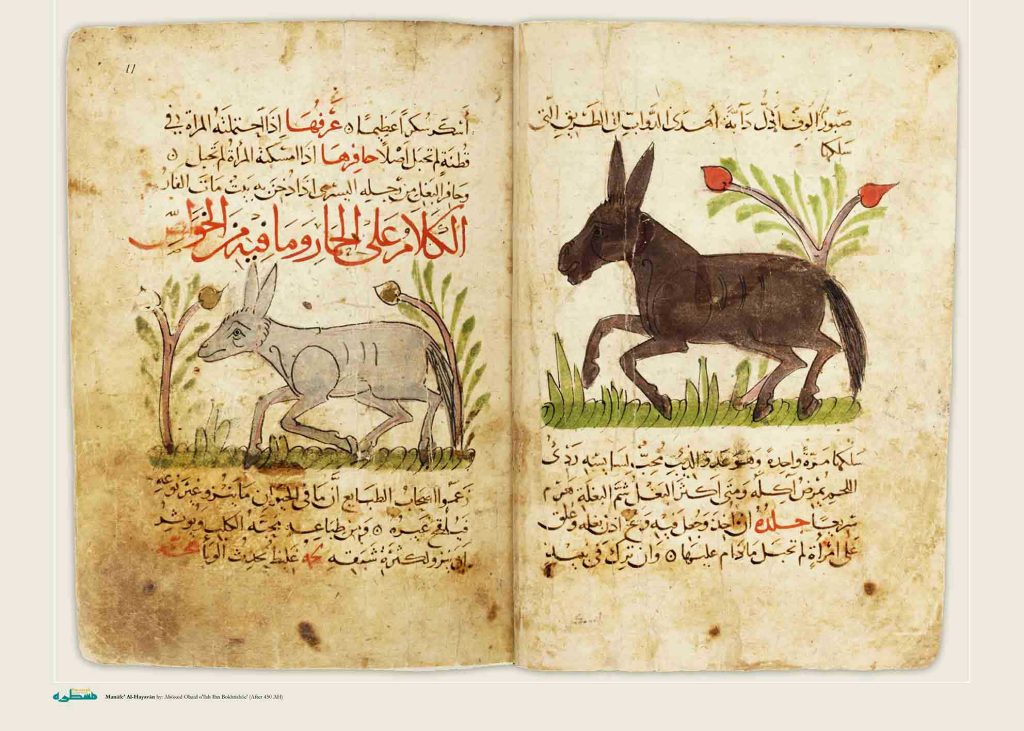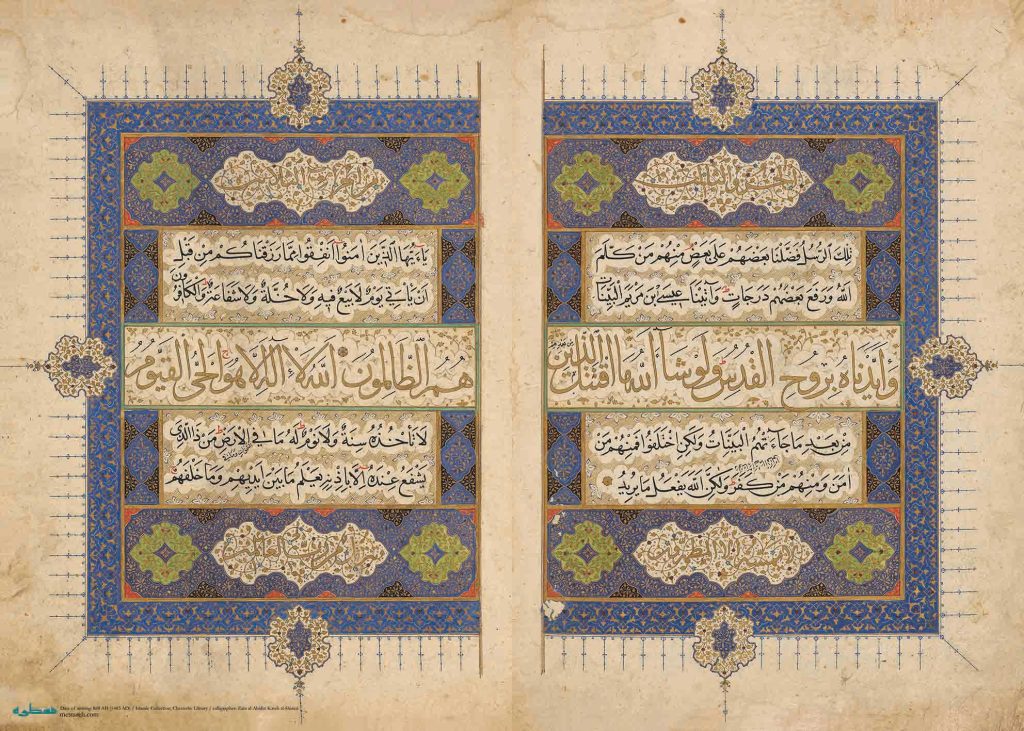Tashreeh al-Ashjar
authorship
Pages
Book date
Version
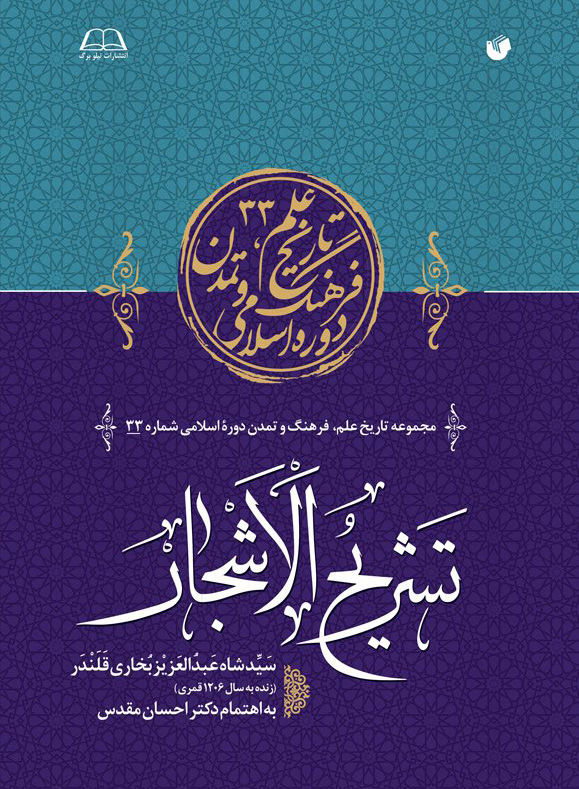


Tashreeh
al-Ashjar is a significant work authored by Syed Shah Abdulaziz Bukhari, a
Qalandari Sufi from India, composed during the thirty-second year of Shah Alam
II’s reign in the Mughal dynasty. Bukhari drew upon his extensive knowledge of
traditional medicine, compiling information on medicinal plants from notable
sources such as Ikhtiyarāt Badī’i, Jāmi‘ Mufradāt al-Adwiyah, and Taqwīm
al-Abdān. The choice to write this book in Persian reflects the profound
appreciation the Mughal court and scholars in India had for the language.
The
manuscript of Tashreeh al-Ashjar is preserved in the Berlin library, cataloged
as number 171. It comprises 240 pages and 170 leaves, featuring clear and
elegant Nastaʿlīq script. Each page is dedicated to a particular plant, with
their names highlighted in red and accompanied by vibrant illustrations. The
book is beautifully framed with colorful margins, and in certain instances, the
illustrations extend beyond the page borders. This richly illustrated volume
details 238 medicinal plants and demonstrates that the author primarily sourced
his material from Ikhtiyarāt Badī’i, with additional insights and information
woven throughout.
اشتراک گذاری :
Form is loading
Please Wait
Easy Form Builder

